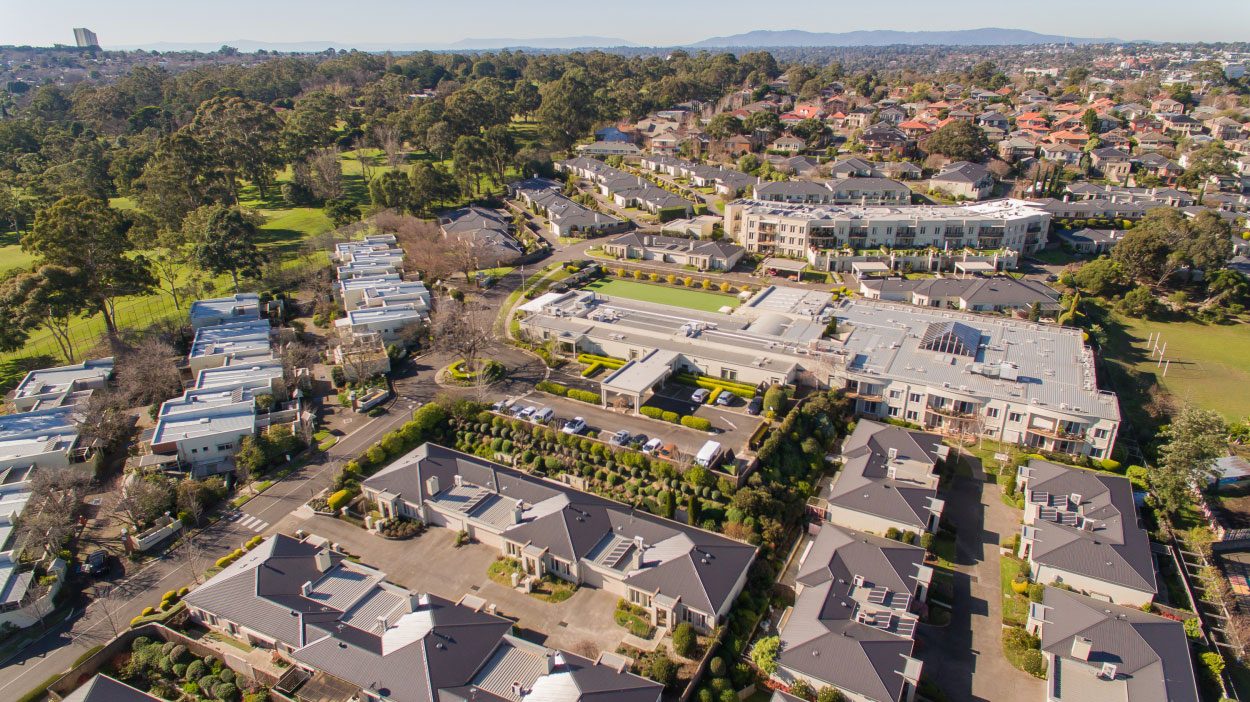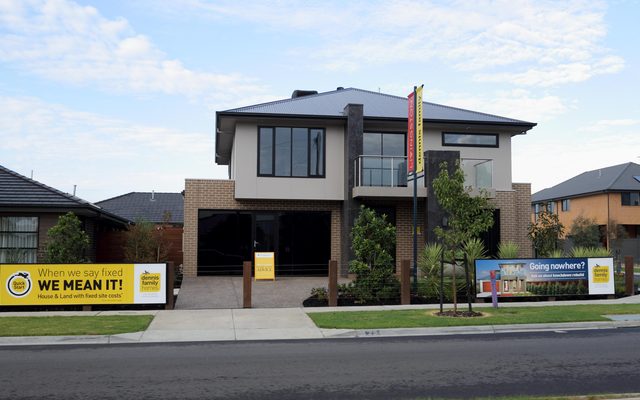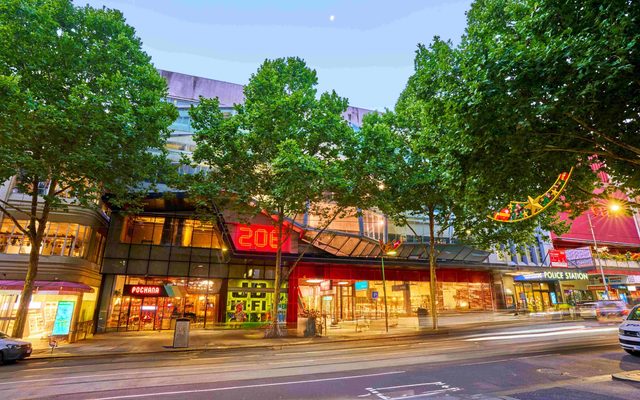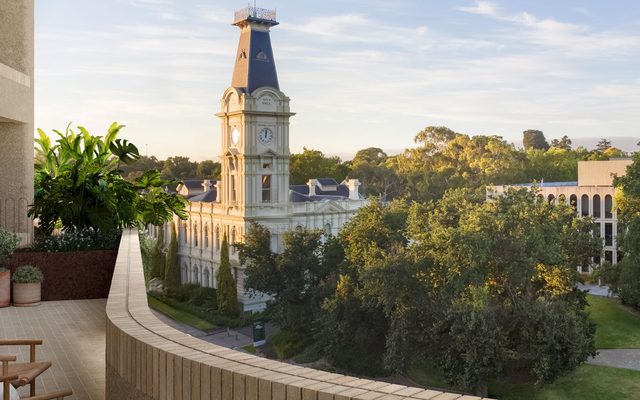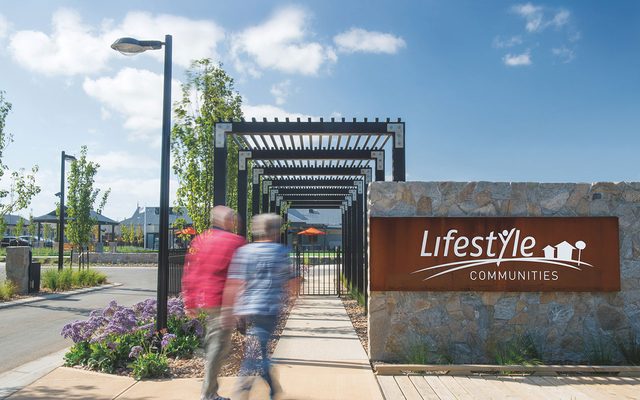This article is from the Australian Property Journal archive
THE cost of a two-bedroom unit in a retirement village in Sydney is 59% cheaper than homes in the same postcode, a new report from PwC and the Property Council of Australia has revealed.
The 2023 PwC-Property Council Retirement Census also showed the national on-market village more than halved to 5% – six percentage points lower than the prior year.
Vacancies are tightest – at around or just above 2% – in regional Victoria, Perth, regional Western Australia, and regional South Australia. They are highest in Sydney (7%), Melbourne and Brisbane (both 6%).
The report found the average two-bed independent living unit (ILU) price grew by 8.3% from $516,000 to $559,000 over the course of 2023, while national house prices over the same period rose by 1.1%.
ILUs were more affordable than houses, reflecting circa 57% of the median house price. They are 41% of Sydney’s median house price, compared to 69% of that of regional NSW. ILUs are 52% of house prices in Melbourne, a similar 53% of Perth’s, and 56% and 57% of Adelaide’s and Brisbane’s respectively. Across Tasmania, they 76% of the median house price, and in Canberra 69%.
ILU’s achieved a compound annual growth rate of circa 4.7% over the past six years – indicating they are a stable form of investment relative to residential properties.
The average tenure of current ILU residents nationally was 8.7 years, compared to the average tenure of current serviced apartments (SA) turnover residents of 5.2 years reflecting the younger age of ILU residents.
In Victoria, residents move into a retirement village on average at age 76 and spend 8.4 years – almost right on the average – living there.
Retirement Living Council executive director Daniel Gannon said the report shows the important role retirement villages play in providing affordable housing for older Victorians.
“When an older person or couple makes the decision to ‘rightsize’ into a home that is better suited to their ageing needs, they’re injecting a bigger home back into the market for younger people.”
“This report tells us that vacancy is now sitting a 6% – down from 9% last year – which means these communities are effectively operating at full capacity,” he said.
“Given the number of Victorians over the age of 75 will increase by 73% by 2040, a tight vacancy rate is concerning news for consumers and the government.
“This means the Victorian government needs to streamline planning systems to ensure more affordable homes in retirement villages can help accommodate this growing cohort.”
Compared to people not living in a retirement village, research released in 2023 showed residents are 41% happier and 15% more physically active. It also showed they are twice as likely to catch up with family and friends, five times more socially active, and experience reduced levels of loneliness and depression.
According to the Retirement Living Council, this leads to reduced interaction with hospitals and GPs and generates $945 million in annual savings for the Australian government by delaying entry into aged care facilities.
Meredith Chester and Funminiyi Oduko, partner corporate value advisory at PwC, said, “As our population ages, the demand for high-quality, accessible retirement living options has never been more critical.
“However, the sector is facing a unique set of challenges and opportunities. From rising construction costs and limited land supply to evolving preferences of the senior population, the landscape of retirement living is rapidly changing while affordability remains a key component of the retirement living sector in comparison to the residential housing market.”
The survey responses suggested that development activity in Australia is projected to fall short of meeting the required demand, with almost 7,000 units expected to be delivered across the country over 2024, 2025 and 2026.
